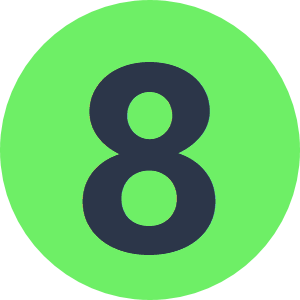If I reproject geographic information from geographic coordinates to projected coordinates, and before I convert to geographic coordinates again, the final information has a little displacement regard the original information. I don´t have any other process in between. The displacement is very tiny, but I need to know why is it produced. I´ve make the same process in Arcgis and it doesn´t appear this displacement.
I can see the displacement in QGIS because this application allows to make a very big zoom to the information. I think that ArcGis doesn´t allow to make such a very big zoom.









